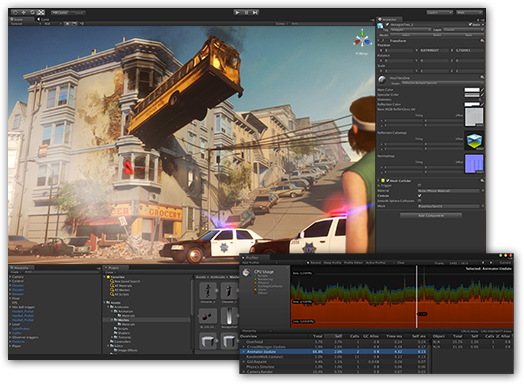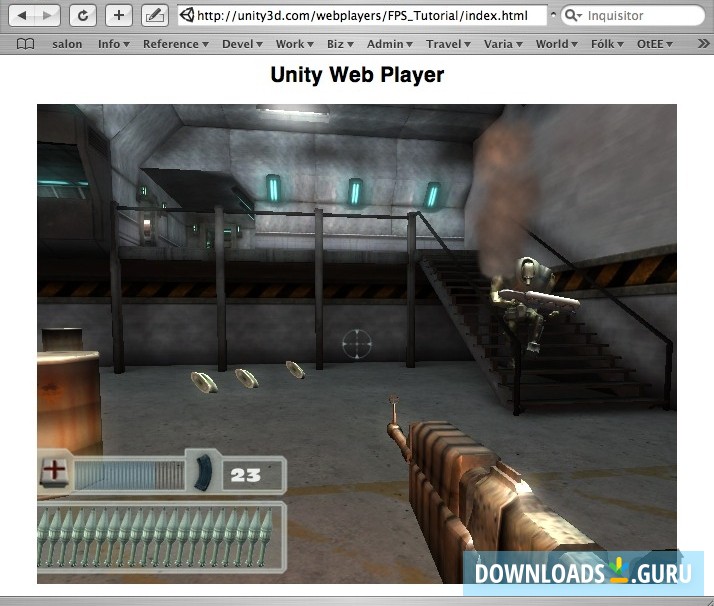
The Unity WebGL build option allows Unity to publish content as JavaScript programs which use HTML5 technologies and the WebGL rendering API to run Unity content in a web browser. Not available on WebGL A JavaScript API that renders 2D and 3D graphics in a web browser.

When you enable Deep Profiling Support, it might slow down script execution.Įnable this setting to allow your script code to be debugged. This makes the Profiler instrument every function call in your application and returns more detailed profiling data. When you select Development Build, Autoconnect Profiler, Deep Profiling Support, Script Debugging, and Wait for Managed Debugger settings also become available.Įnable this setting to automatically connect the Unity Profiler to your build.Įnable this setting to select Deep Profiling in the Profiler.

When you enable this, Unity sets the DEVELOPMENT_BUILD#define for testing purposes. For example, it can report the percentage of time spent rendering, animating, or in your game logic. It shows how much time is spent in the various areas of your game. More info See in GlossaryĮnable this setting to include scripting debug symbols and the Profiler A window that helps you to optimize your game. For more information, see Windows debugging.Įnable this setting to generate Visual Studio solution files for the project such that you can build the project from Microsoft Visual Studio directly.ĭevelopment Build A development build includes debug symbols and enables the Profiler. PDB files contain debugging information for your application, but might increase the size of your Player. Select the CPU to build for (only applies to Build And Run).Įnable this setting to include Microsoft program database (PDB) files in the built Windows Player. Select Windows to build your app for the Windows platform. Use these settings to configure how Unity builds your application.

In the Platform list, select Windows, then select Switch Platform. To create a build for Windows, go to Build Settings (menu: File > Build Settings).


 0 kommentar(er)
0 kommentar(er)
